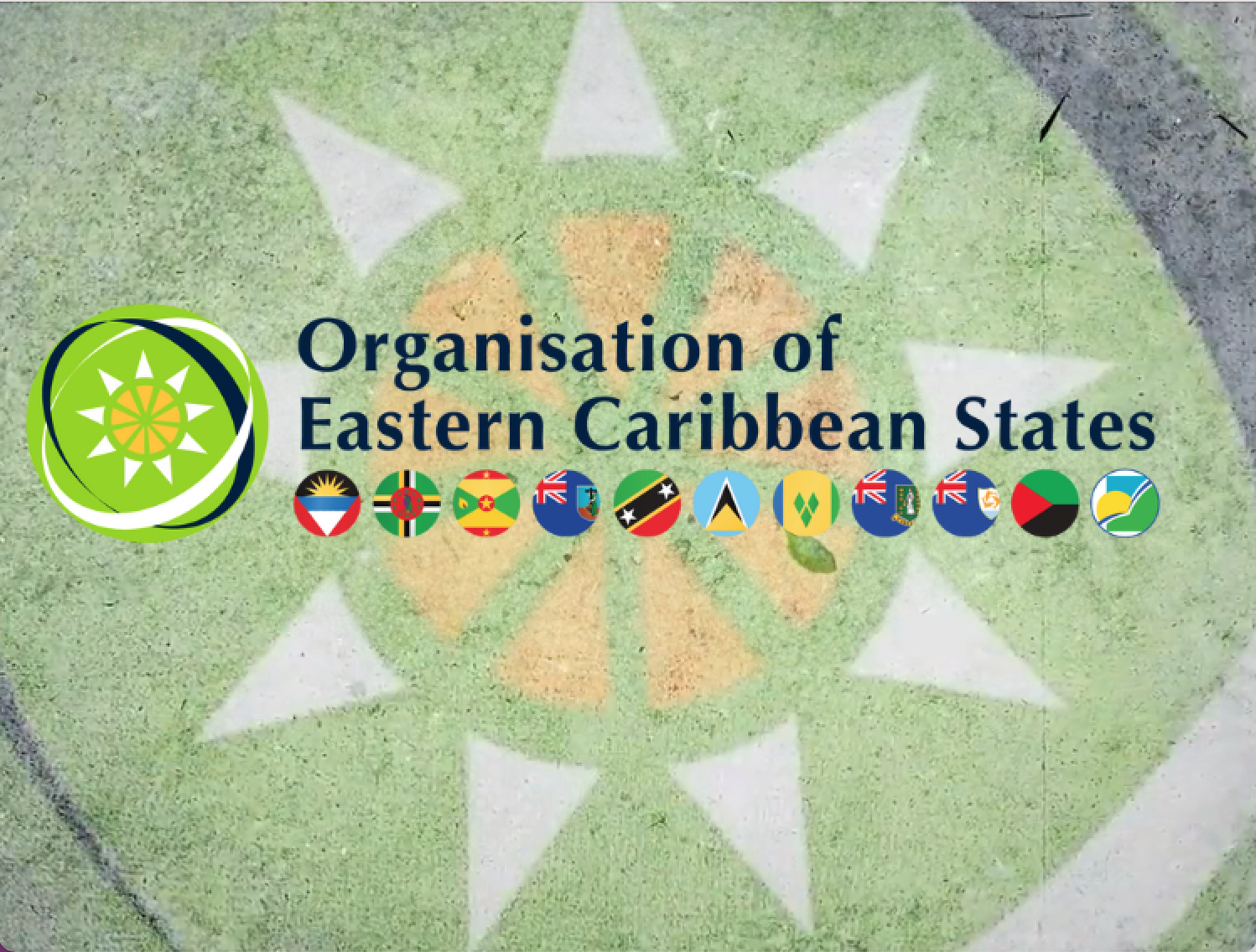OECS: A Successful Integration Project Celebrating 43 Years of Progress

June 23, 2024
The Organisation of Eastern Caribbean States (OECS) celebrates its 43rd anniversary as a successful integration project, ranking second only to the European Union (EU) in global integration efforts.
The seven-nation Organisation of Eastern Caribbean States (OECS), which marked its 43rd anniversary on June 18, 2024, is arguably one of the most successful integration projects in the world. It is second only to the 27-nation European Union (EU).
The OECS represents a deeper integration movement than the Caribbean Community and Common Market (CARICOM), of which its member states are a part, along with eight other Caribbean countries. While the OECS was formed in 1981, CARICOM was founded in its original form as the Caribbean Free Trade Association (CARIFTA) in 1968. Despite CARICOM’s 14-year head start, the OECS has proven to be a more successful and beneficial integration project.
On October 19, 1978, at the 23rd Meeting of the West Indies (Associated States) Council of Ministers (WISA) – a loose consultative group of seven Leeward and Windward Islands – Lester Bird, then Deputy Premier of Antigua and Barbuda, outlined a vision of an organisation that became the OECS. I worked closely with him on elaborating that vision.
At that time, of the seven countries, only Grenada had attained independence from Britain in 1974. Dominica was on the cusp of independence, which it attained in November 1978. Saint Lucia and St Vincent and the Grenadines were also contemplating independence, eventually achieving it in February and October 1979, respectively. Meanwhile, for Antigua and Barbuda and St Kitts and Nevis, independence was not yet imminent, although leaders in both countries aspired to be free from the dictates of the British authorities in London. The seventh country, Montserrat, also hankered for greater local power over its affairs.
However, it was clear to any informed analyst that while independence from a colonial power was imperative, the burden for countries with micro economies and small populations was not sustainable. Separate independence for these small and under-resourced countries, along with the dismantling of joint governance mechanisms, could leave them worse off than they were.
Grenada served as a case in point. Although it had been nominally independent for four years by 1978, it continued to participate in several institutions established by Britain for the seven countries including a common currency and a currency authority. Grenada did so because it quickly realised it could not afford to establish its own currency, central bank, judiciary, and regulatory bodies. This was especially true as, with independence, it also had to assume the costs of its own defence and foreign affairs.
Against this background, a course of “independence within interdependence” was proposed in the 1979 address. This proposal included several key elements: solidifying, in a binding structure, the concept of WISA, which was rooted in the recognition of regional cooperation; building on the “special relationship” of the Leeward and Windward Islands, based on geography, history, economic reality, and common bonds; and, while retaining individual sovereignty, pooling that sovereignty to be stronger together.
The vision took root, and two years later, in 1981, after extensive consultation and discussion among the seven countries, the Treaty of Basseterre was signed, and the OECS was born. The treaty was drafted by Abbas Bundu, a Sierra Leonese constitutional lawyer from the Commonwealth Secretariat, whom I accompanied on his journey of consultation. The underlying theme of those discussions was reflected in the words of the 1979 address: “We have integral ties of parenthood, history, and tradition; essentially, we are the same people.”
Achieving the treaty was aided considerably by four factors. First, the standing of then Prime Minister of Saint Lucia, John Compton, and his dedication to the concept, presented in the Antigua 1978 presentation, of independence “within a framework of interdependence”. Second, the support of Antigua’s influential leader, Vere Cornwall Bird, for the idea of common responsibilities and shared costs. Third, the endorsement of Maurice Bishop, who led a bloodless revolution in Grenada in March 1979 to oust the tyrannical Eric Gairy, despite having an uneasy relationship with the leaders of the six other countries. Fourth, the support of radical intellectuals such as Leonard Tim Hector (Antigua), George Odlum (Saint Lucia), and Ralph Gonsalves (St Vincent and the Grenadines).
On June 18, 1981, the OECS was born, retaining from their colonial administration, integration factors that took the EU decades to build and which CARICOM has yet to achieve. CARICOM announced in 1989 its intention to advance to a Single Market Economy but failed to do so for 22 years before “pausing” it in 2011. The integration mechanisms that the OECS retained included a common currency, which facilitated the free movement of goods and services; a common Currency Authority (later the Eastern Caribbean Central Bank), which ensured effective and respected financial and monetary regulation; a common judiciary; a Regional Security System; and other regulatory bodies such as the Eastern Caribbean Civil Aviation Authority.
Between 1986 and 1988, there was a failed attempt to initiate a political union of the OECS countries by then Prime Minister of St Vincent and the Grenadines, James Mitchell, with active support from Saint Lucia’s John Compton. Although the initiative had considerable merit, it failed due to political rivalry that made little provision for meaningful involvement by opposition political parties in the formulation of the concept. As Ralph Gonsalves put it at the time, “the balance of the political forces as represented in the political parties, in and out of government, favour(ed) the slowing down or even halting of the unity train”.
Nonetheless, 29 years later, in 2010, the OECS governments revised the Treaty to formalise two further aspects of a Common Market. They made the movement of people, including for work, easier across their countries and laid down the principles for achieving an Economic Union. While the latter remains a work in progress, the OECS is nearly at the point of establishing a Customs Union.
There is still much work to be done to harmonise joint positions on incentives for foreign investment and to end competition in sectors like cruise tourism and the Citizenship by Investment schemes operated by five of the member states. Rival politics for national gain have undermined the collective good.
Nonetheless, the OECS stands today as the most mature and successful integration project of sovereign states outside the EU. It provides a model for the CARICOM group, highlighting that their future success, particularly in facing global challenges such as compensation for the damage of climate change, international bargaining, access to financing, and threats to peace and security, depends on deeper and more effective integration.
Sir Ronald Sanders is Antigua and Barbuda’s Ambassador to the US and the OAS. The views expressed are entirely his own. Responses and previous commentaries: www.sirronaldsanders.com.


